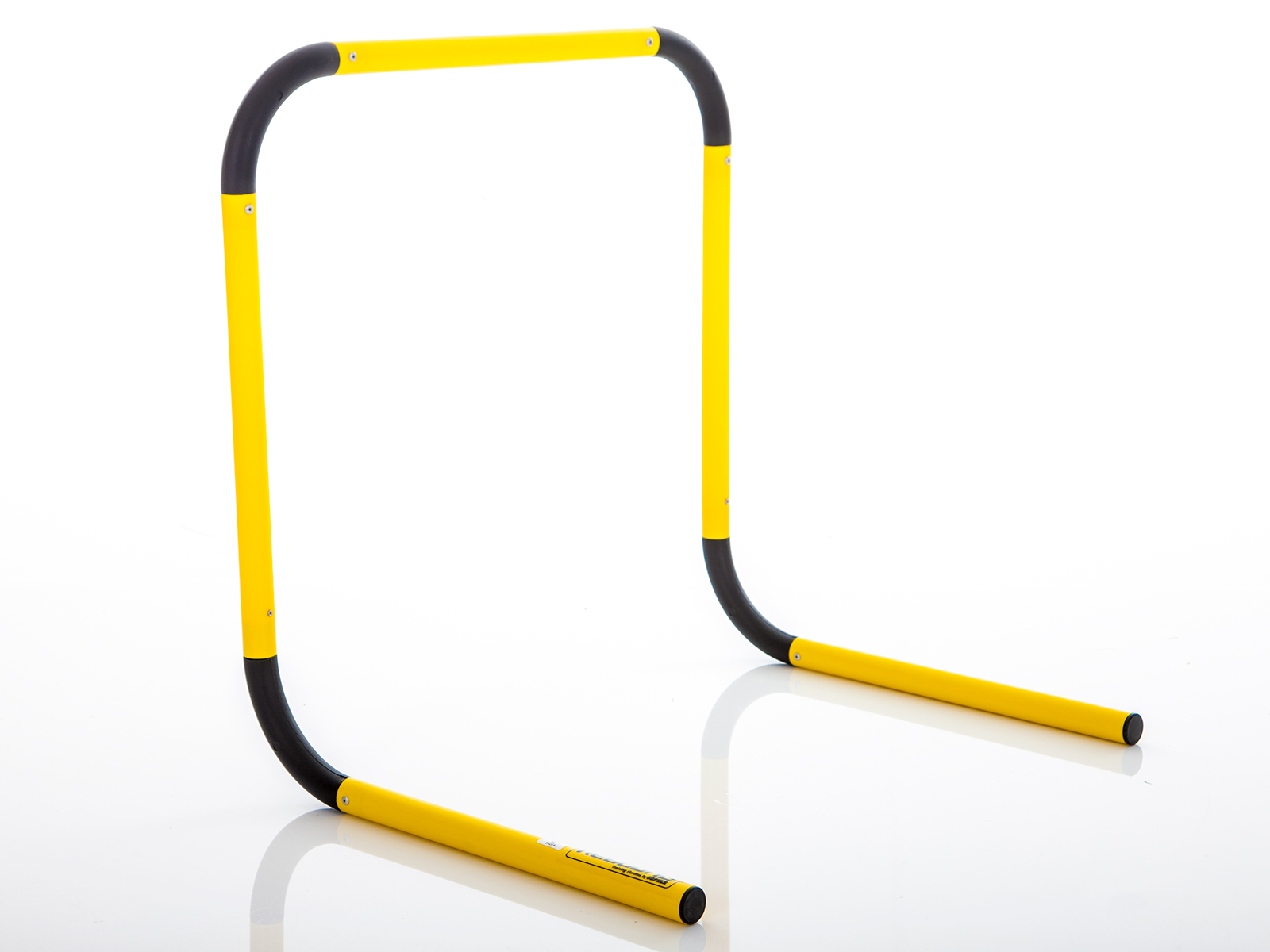Return on Equity ROE: Meaning,How to Calculate ROE for your investment & ideal ROE
Construction Industry Accounting and Bookkeeping FL
06/11/2020Индекс NYSE Composite NYA котировки, график онлайн, курс, цена, значение сегодня, что это такое
21/12/2020Contents:


Most buyers don’t take a second have a look at an organization’s ROCE, however savvy traders know that like Kent’s alter ego, ROCE has lots of muscle. ROCE can help buyers see via progress forecasts, and it can often serve as a dependable measure of corporate efficiency. Expressed as a proportion, ROA identifies the speed of return needed to find out whether or not investing in an organization makes sense.
While no one ratio is better than the other, if the firm has high debt levels, then equity is low relative to assets, and ROE is much higher than ROA. This means that they do not tell us whether the stock is cheap or expensive but only tell us how profitable the company is. With over 5 years of experience in the financial industry and insatiable curiosity, I bring complex financial topics to life in a way anyone can understand.
Return on Assets is the ratio of net income after tax to its average total assets. In simpler words, a company is said to be financially healthy and profitable if it is able to manage its assets efficiently by squeezing out the best returns from it. Hence, while evaluating an investment decision, it is important to understand how well a company manages and utilizes its assets. A good company will have a high ROA accompanied with high ROE and ROCE. This was the time the company was investing heavily in machinery to build model S cars.
What is the return on assets?
By taking on debt, a company increases its assets thanks to the cash that is available in. But since shareholder equity equals belongings minus whole debt, an organization decreases its fairness by rising debt. The way that an organization’s debt is taken into account is the principle distinction between ROE and ROA. A high return on equity means the company generates high profits against shareholders’ capital. Please read the scheme information and other related documents carefully before investing.
The net profit of company AC ltd is ₹ 1,00,000 and YZ ltd is ₹2,00,000. Return on assets is a metric or profitability ratio indicating how efficiently a company utilizes its assets. In other words, the ratio depicts the capability of a company to generate profits using its assets. No need to issue cheques by investors while subscribing to an IPO. Just write the bank account number and sign in the application form to authorise your bank to make payment in case of allotment. No worries for refund as the money remains in the investor’s account.
The large difference between these two ratios is that in the case of ROE, profit is measured against shareholders’ funds, whereas, for ROA, profit is measured against the total average asset. Of the many tools and ratios, there are two primary metrics managers and investors look at to gauge a company’s profitability – ROA and ROE. Both take profitability into account but are different concepts. ROA can be employed to compare companies within the same industry or sector. Investors can utilise the ROA ratio to identify promising stock opportunities and study the relationship between income and assets to predict future growth and revenue.
File GST Returns with ClearTax
An investor uses ROE results to gauge how efficiently the company can use the investor’s money to generate additional revenues. The ratio may exclude the intangible assets that the company owns such as goodwill, patents and other intellectual property. For instance, a very high ROE indicates risk, as the company has a small equity amount in comparison to its net income. It could also indicate that the company has inconsistent profits or excess debt or a negative net income. It is a good way to estimate the stock’s growth rate and the company’s future growth.
There are over 200+ filters that can help you in finding the best stocks based on various parameters like market cap, 1-yr returns, net profit, etc. Under the PCA regulations, numerous restrictions are put on the banks in terms of lending, management compensation, directors’ fees, and more. As such, the Prompt Corrective Action is intended to improve the financial health of the banks that have weak financial metrics.
Please consider your specific investment requirements before choosing a fund, or designing a portfolio that suits your needs. The return on net assets is a comparison of net income with the net assets. This is a metric of financial performance of a company that takes into account Earnings of a company with regard to fixed assets and net working capital. The ratio shows how effectively and efficiently the company is using its assets to generate earnings.
Please write the Bank account number and sign the IPO application form to authorize your bank to make payment in case of allotment. In case of non allotment the funds will remain in your bank account. CAs, experts and businesses can get GST ready with ClearTax GST software & certification course. Our GST Software helps CAs, tax experts & business to manage returns & invoices in an easy manner. Our Goods & Services Tax course includes tutorial videos, guides and expert assistance to help you in mastering Goods and Services Tax. ClearTax can also help you in getting your business registered for Goods & Services Tax Law.
Return on Equity (ROE): Meaning,How to Calculate ROE for your investment & ideal ROE
A company that has ROE above 20% makes for a good investment. It indicates that investing in its stock could fetch lucrative long-term returns. ROE is closely connected to financial measures such as return on assets and return on investment . It is the net income that the company receives after income taxes divided by the average amount of shareholders’ equity during the period of the net income. It measures the profitability of a company with respect to stockholders’ equity. The ROE must be compared to the historical ROE of the company and the industry’s ROE average in order to get a complete picture and must not be looked at in isolation.
But with rising sales and profit, this reduced to -3.9% in 2017. So, while a negative ratio is acceptable, the 5-year trend should be moving upwards. This means the returns generated by the assets have been passed onto investors. On the other hand, the average return on assets ratio of top five private sector banks is 1.57%. ROA is calculated by dividing a company’s net profit by its total assets.

They can’t be used as the sole qualifier to determine great stocks, but you can use them to eliminate poor performers. The modus operandi observed is that once a client pays amount to them, huge profits are shown in his account online inducing more investment. However, they stop responding when client demands return of amount invested and profit earned. The author is a Certified Financial Planner with 5 years experience in Investment Advisory and Financial Planning. Her strength lies in simplifying complex financial concepts with real life stories and analogies. Her goal is to make common retail investors financially smart and independent.
How to Evaluate Companies Using Return on Assets
A low ROA indicates that the company is not able to make maximum use of its assets for getting more profits. Stockbroker Alice Blue Financial Services Private Limited is also required to disclose these client bank accounts to Stock Exchange. Hence, you are requested to use following client bank accounts only for the purpose of dealings in your trading account with us. The details of these client bank accounts are also displayed by Stock Exchanges on their website under “Know/ Locate your Stockbroker”. The ROA is calculated by dividing the net income from the firms most recent income statement by the total assets at the end of the period.
The four commonly used financial ratios include profitability ratios, liquidity ratios, solvency ratios, and valuation ratios or multiples. ROE looks at how well a company uses its shareholder equity while ROIC determines how well the company uses all its available capital to make money . The composition of the ratio is subject to variations such as the shareholders’ equity can either be the beginning number, ending number, or the average of the two.
Medallion Financial Corp. (NASDAQ:MFIN) Q1 2023 Earnings Call Transcript – Yahoo Finance
Medallion Financial Corp. (NASDAQ:MFIN) Q1 2023 Earnings Call Transcript.
Posted: Thu, 04 May 2023 14:05:56 GMT [source]
However, due to certain limitations of its derivation, ROA has to be calculated carefully to avoid misleading results and make a well-informed decision. Return on Assets ratio is an important accounting ratio to analyze a company’s profitability. However, it is important to keep in mind the scale of the two businesses and their operations while comparing the performance of two different companies. The average return on assets of commercial vehicle sector is 4.04%. Even though Tata Motors Ltd has the largest market capitalisation, its return on assets ratio is – 4.75%. This is extremely poor and is a red flag for investors regarding the efficiency of its assets.
One common question while calculating the company’s total assets is the treatment of the assets that are different from the common assets. These include intangible assets, non-operating assets, and depreciating assets. To calculate average total returns, add total assets of both years and then divide by two.
Pirates analytics trends for May: How legit is Connor Joe’s red-hot … – Pittsburgh Post-Gazette
Pirates analytics trends for May: How legit is Connor Joe’s red-hot ….
Posted: Thu, 04 May 2023 09:30:00 GMT [source]
roa meaning is a financial ratio that measures a company’s profitability against its total assets. It is used by corporate management, analysts, and investors to assess how effectively a company uses its resources and assets to generate profit. Return on assets , sometimes known as return on total assets, is a metric that measures how much of a profit a company generates from its capital. This profitability ratio displays the percentage growth rate in profits generated by a company’s assets. The bigger the return, the more productive and effective management is in utilizing economic resources. Return on assets, also called return on total assets, is a measure that evaluates the profitability of an organisation by comparing its net earnings to the average total assets.
The PCA framework is an RBI initiative with which it can intervene with the banks that are getting financially weaker. It is also meant for the banks that are vulnerable due to loss of profitability or are undercapitalized due to poor asset quality. PCA or Prompt Corrective Action is a framework set up by the Reserve Bank of India to manage financially weak and mismanaged banks across the country. The PCA was launched in 2002 as a structured mechanism for early intervention for banks that are not able to manage their asset quality or are highly vulnerable to losses. In the following banking awareness study notes, we shall see more details about the PCA in terms of its meaning, benefits, and RBI guidelines.
Total Assets – The denominator’s total assets figure is from a single point in time or a balance on a particular date. Due to a major asset acquisition or sale, the asset total on that date could be quite different from the regular asset balance. The total assets figure could be inflated or deflated as compared to the assets prevalent during the year.
Return on Equity is used to gauge a company’s profitability by looking at shareholder’s earnings from the investments of shareholders in the company. This ratio tells us how well a company is able to utilise the shareholders’ money. ROE can be calculated by dividing the net profits of a company by its net worth. If a company’s ROE is low, it indicates that the company is unable to efficiently use the capital invested by the shareholders. The ratio could be a superhero in terms of calculating the efficiency and profitability of a company’s capital investments. Think of the return on capital employed because the Clark Kent of economic ratios.
In other words, ROA exhibits how effectively an organization can convert the money used to purchase property into internet income or profits. For banks to cover their cost of capital, ROE levels should be closer to 10 percent. This number tells you what the corporate can do with what it has, i.e. what number of dollars of earnings they derive from every dollar of property they control. It’s a useful number for evaluating competing corporations in the identical industry. Return on average capital employed is a financial ratio that shows profitability versus the investments a company has made in itself.
Higher the ROA, the more efficient a business is in maximising its profits from its assets. Let us evaluate the return on assets of banking and commercial vehicles sector. L&T is a construction company with very high tangible assets.
- Investors anticipate that good management will strive to extend the ROA—to extract a higher profit from every greenback of belongings at its disposal.
- A high ROE is a result of higher profits, lower capital size of the company or business financed by very high debt compared to capital.
- The formula to calculate the ROA of a company is a simple procedure, as the data to do it lies in the company’s financials.
- The DuPont analysis method breaks various components of business performance indicators into smaller parts.
- This is done be removing cash and current liabilities, so that only capital used to operate the business is considered.
A trend of rising or falling ROA will help understand the true performance of the company. Moreover, the return on assets must be coupled with other profitability ratios to make any investment decisions. Return on assets is a measurement that can be used to determine how asset-intensive a business is. If a company has a higher return on assets then the company is less asset intensive. Such as software industry, service or knowledge based businesses. If a company has a lower ratio then the company is more asset intensive.
Instead of using net income in the numerator, it uses net operating profit after taxes. This removes any income that does not come from a company’s core operations. This is done be removing cash and current liabilities, so that only capital used to operate the business is considered.
